How Often Should You Replace Your Wedges?
Posted by Jamie Martin on 5th Dec 2023
Are you finding that even your crispest and cleanest pitch shots aren’t zipping and stopping like they used to?
It’s probably because your wedges are worn out.
That trusty old sand wedge you’ve been relying on for over a decade? Take it to the museum because it’s well past its expiry date.
You see, wedges don’t last forever.
In the natural course of practice and play, the grooves on a wedge face become blunt and lifeless and performance invariably suffers.
More than any other club in the bag, wedges have a definite lifespan.
So how often should you replace your wedges?
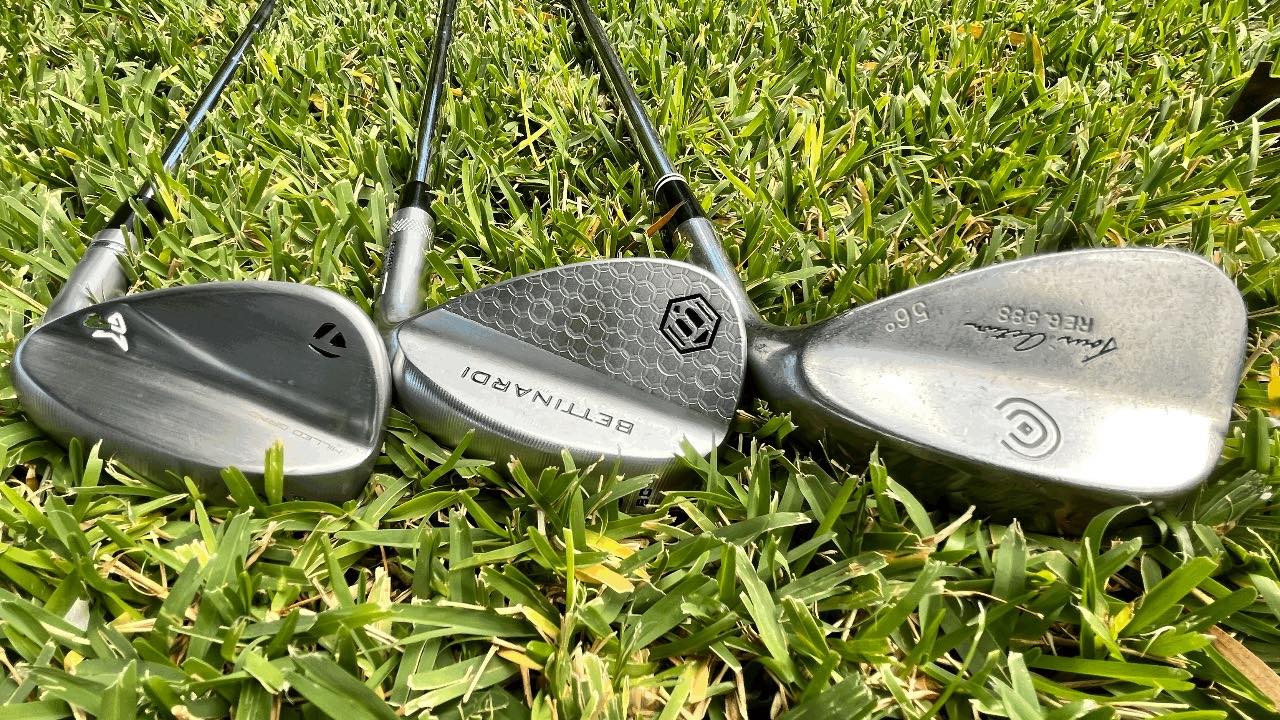
AN AUTOMOBILE ANALOGY
Fresh tyres on your vehicle provide glorious levels of grip and control on the road.
However, when tyres begin to wear, traction diminishes. And in wet conditions the loss of grip on worn treads is magnified.
It works much the same way in wedges: dull, worn-out grooves don’t generate the same spin and control as fresh, razor-sharp grooves do.
And much like worn tyres, the loss of grip and spin in wedges is amplified in wet conditions.
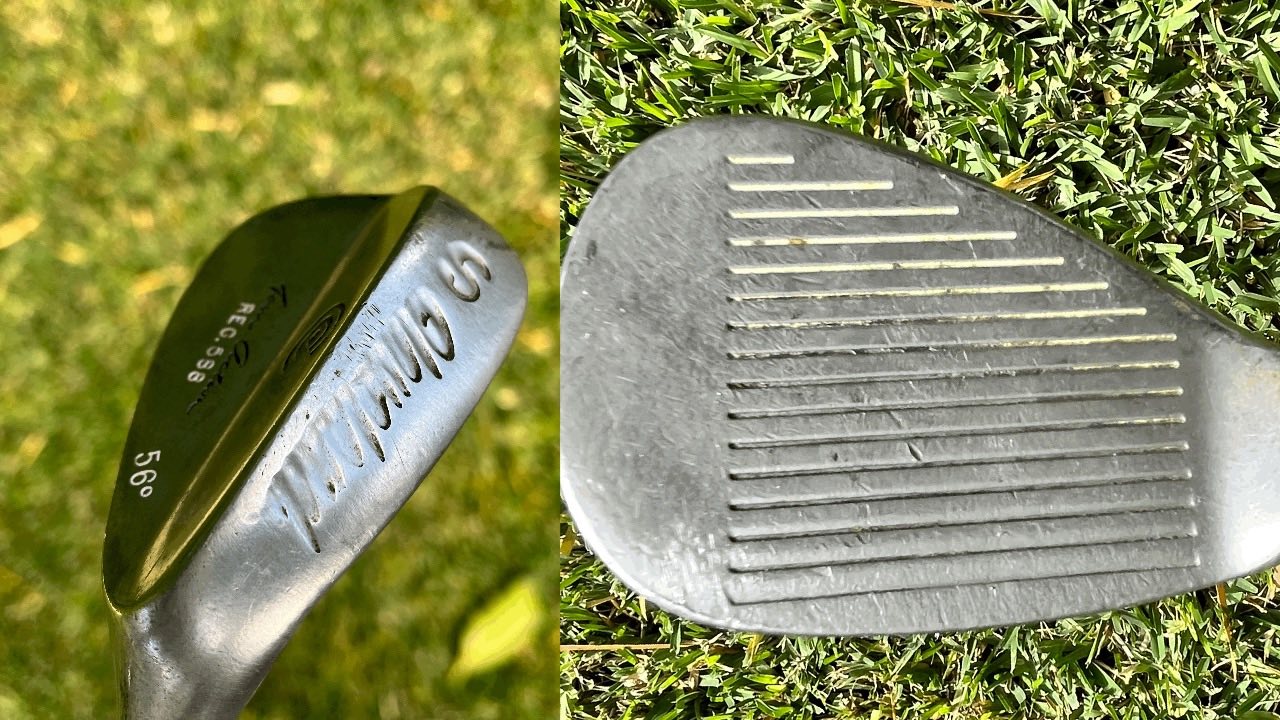
WEDGE REPLACEMENT: PROS V AMATEURS
Most tour pros replace their wedges at least three or four times a year.
Yes, three or four times a year!
However, pros practise or play competitive rounds almost every day. And they usually get their wedges for free, too!
The average golfer certainly won’t need to replace their wedges with such frequency.
Studies have shown wedges usually last around 65-75 rounds before performance starts to diminish, which translates to 18 to 36 months’ worth of peak performance for the average player.
Most manufacturers suggest club golfers should look at updating their wedges every two to three years, which is a convenient timeframe given the new product cycle is a similar interval.
However, there are a few variables that will determine how often you should replace your wedges.
HOW MUCH DO YOU PRACTICE?
If regular short game sweat sessions are part of your repertoire, then expect your wedges to wear out sooner.
Sand, small rocks and range balls will all degrade wedge grooves.
As Gary Player said, “the more I practise, the luckier I get” but he also should’ve added “and the quicker my wedges wear out”.
WHERE DO YOU PRACTICE?
If you’re a bit of a range rat with your wedges, pay attention to the balls you are using.
Range balls can chew up the face of a wedge faster than regular balls due to the fact they are harder and often scuffed.
Also, if you spend hours practising in bunkers or on sandy, wet grass, expect the grooves on your wedge to wear out quicker.
Wet sand acts like a coarse grade of sandpaper and will take the edge off your grooves fairly rapidly.
And that means the wedge you use most out of bunkers will probably need replacing sooner than the others.
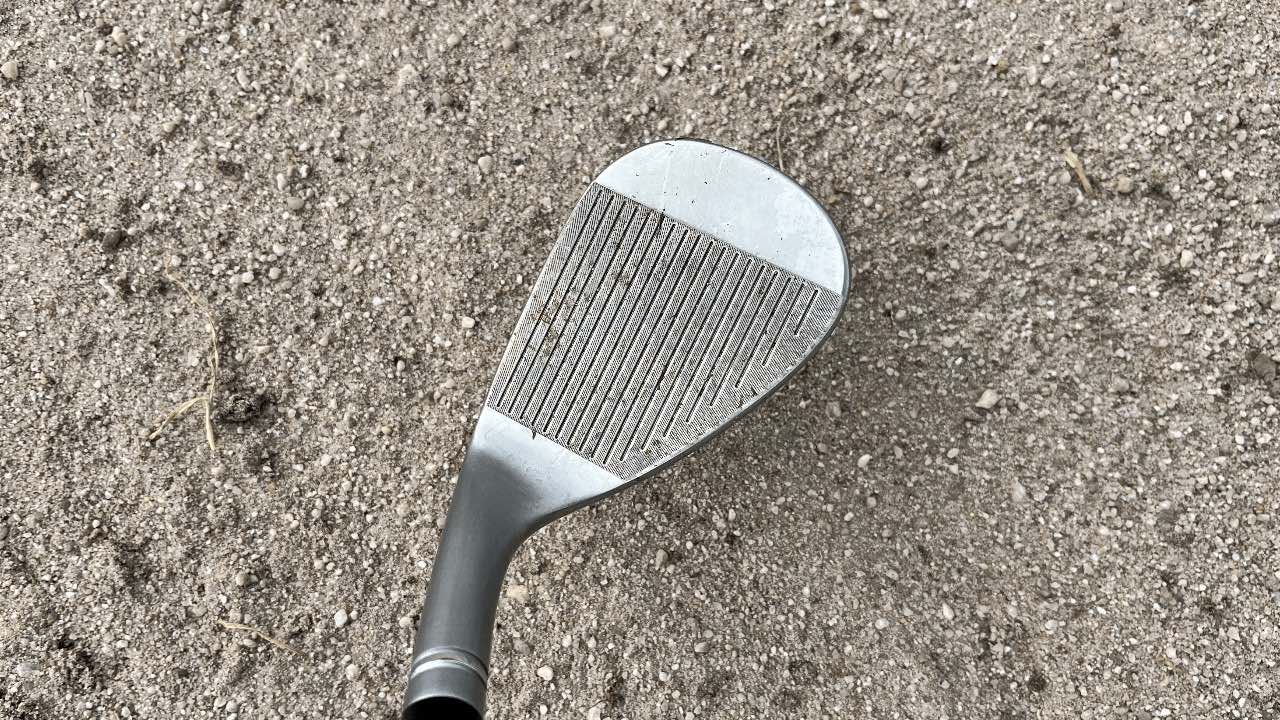
RAW VS PLATED WEDGES
While the raw faces common in modern wedges offer a softer feel, extra spin and reduced glare, there is a small price to pay.
A raw face will wear out faster than a plated face due to the fact there isn’t any protection covering the grooves.
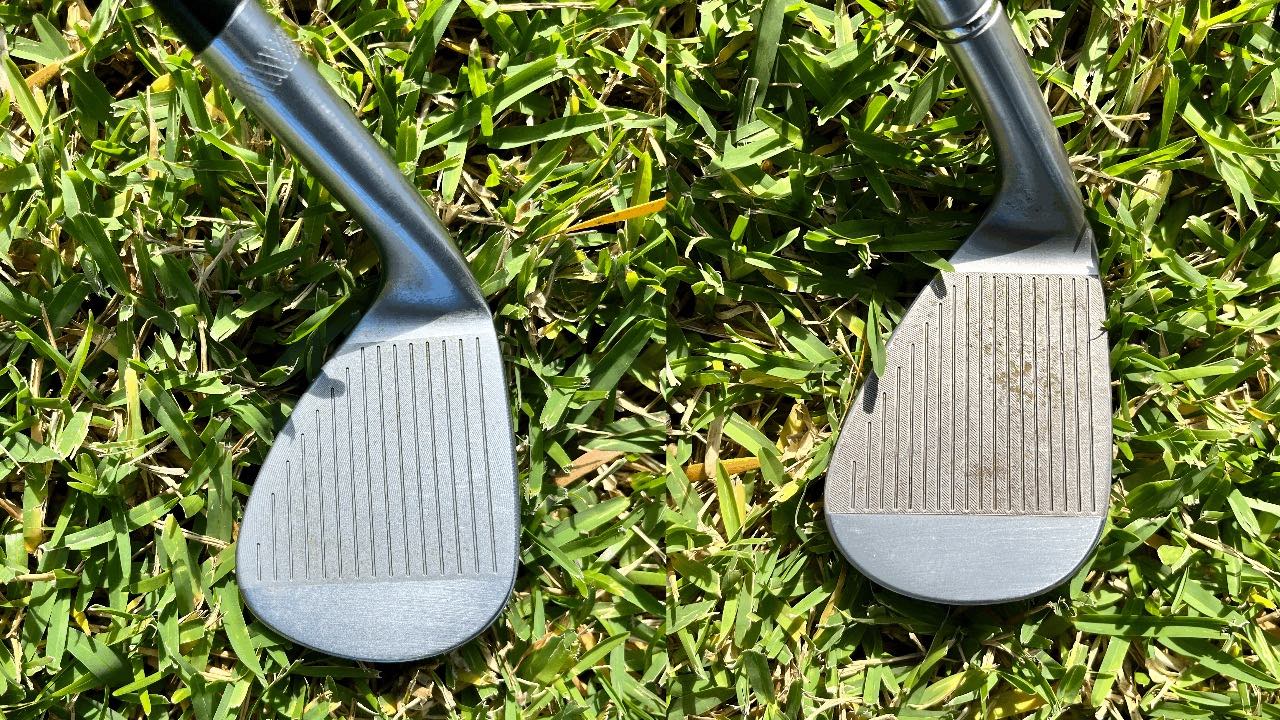
HOW TO TELL IF YOUR WEDGE NEEDS REPLACING
If the grooves on your wedges look worn out to the eye, you probably should’ve replaced them years ago.
But for a more refined test hit some 40m shots from wet rough into a green.
The half power swing and wet conditions will highlight how much spin your grooves are able to generate.
If you get some check on the initial bounce, your grooves should be fine.
However, if the ball releases and runs through the green, chances are your grooves are cactus and it’s time to upgrade.
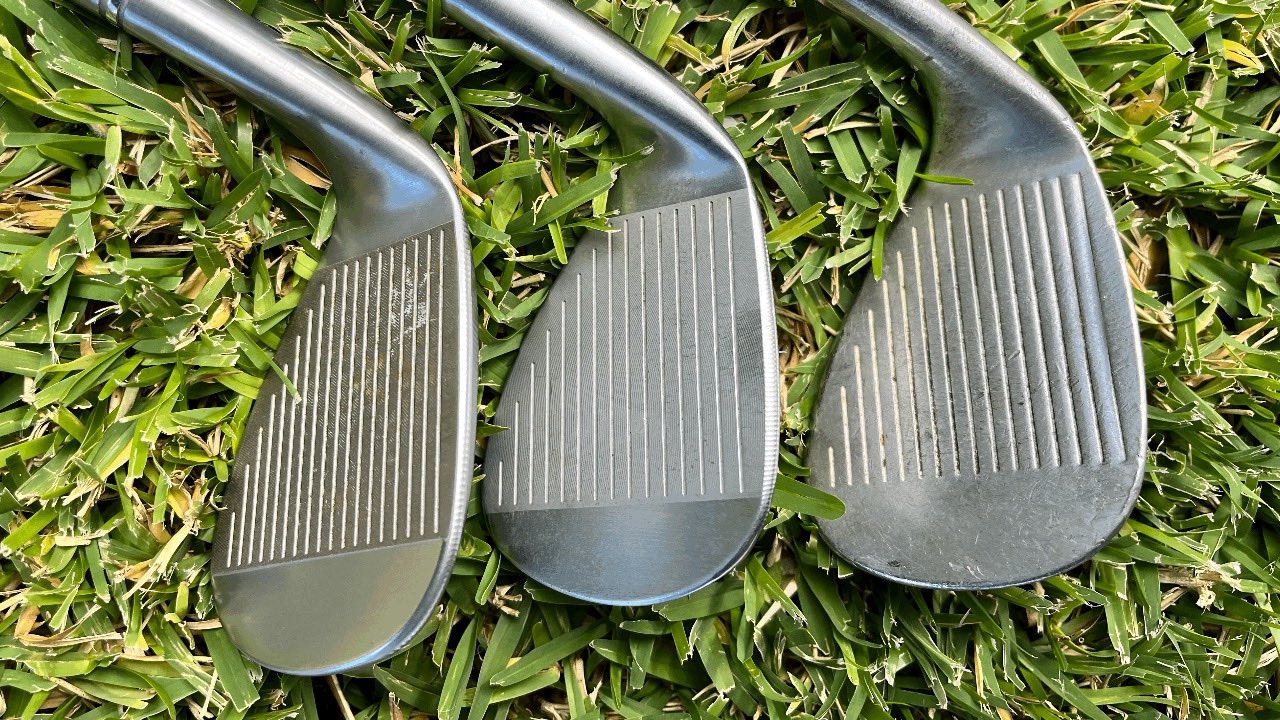

|
Written by Jamie Martin Jamie Martin is currently locked in a battle to keep his handicap hovering around the mid-single digits. Despite his obvious short-game shortcomings, Jamie enjoys playing and writing about every aspect of golf and is often seen making practice swings in a mirror. |

